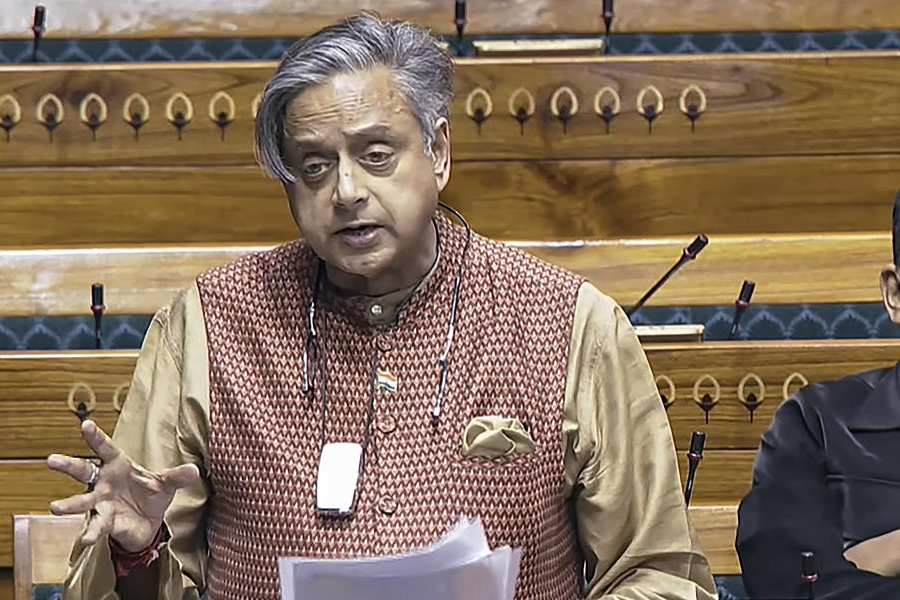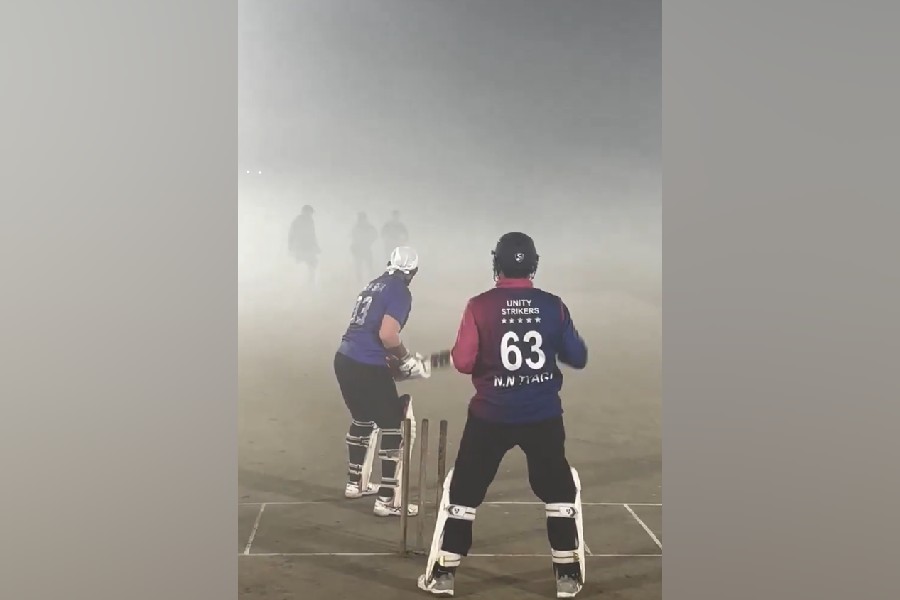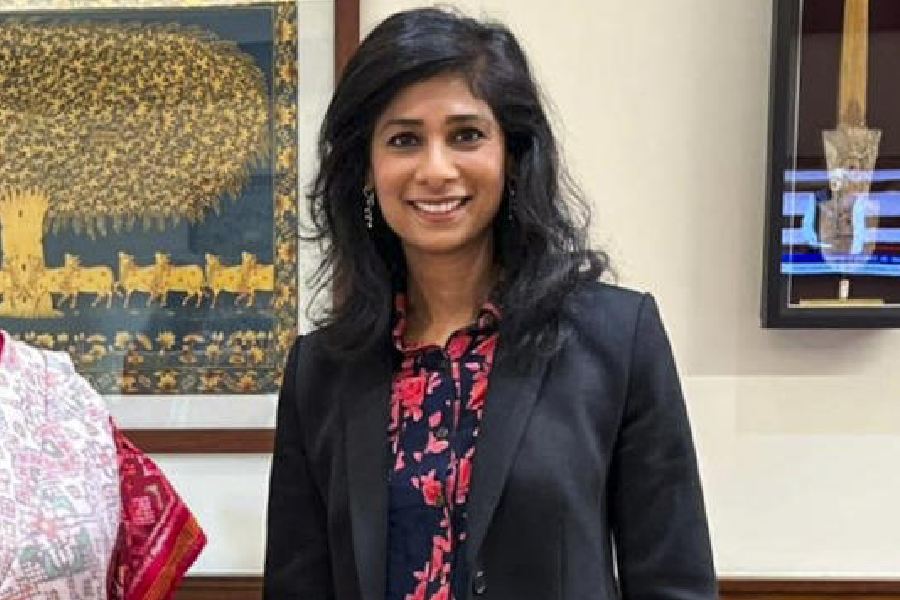 |
Bhubaneswar, Oct 26: After crossing Ganjam, when you enter Srikakulam district in Andhra Pradesh and visit sites like Kalingapatnam and Salihundam, the ancient Buddhist remnants narrate you the legendary tales of the spread of Buddhism. They also prove the historical trail where it was found that the Buddhist sites were developed along the basins of major rivers. The two Andhra-based sites are along the river Bansadhara.
Historians witness this trend, as the Buddhist sites are seen right from Tamralipti or Tamluk in 1`Bengal along Rupnarayan River. Moreover, historical places like Jaleswar, Jayrampur, Ayodhya, Kupari and Kaupur in Balasore are seen along Moughalmari river. Other places like Solampur, Banta in Bhadrak along the river Salandi and important sites in Jajpur like Tarapur, Langudi, Kayama, Kankia-Radhanagar, Udayagiri and Ratnagiri are seen along the river Brahmani-Baitarani and its tributaries crisscrossing the area.
Secretary of Odisha Institute of Maritime and South East Asian Studies Sunil Kumar Patnaik, who conducted a survey on behalf of the institute said: “If one follows the Odisha coast from the Bengal coast, from the ancient Tamralipti or Tamluk down to Jajpur, one will see that the trend continues with sites like Kalyanpur and Nasika Kotian in Jagatsingpur, Kuruma, Chitreswar, Aragarh in Puri district, Dhauli, Sisupalgarh in Khurda, and Palur and Jaugada in Ganjam. Then one comes across the wonderful sites of Kalingapatnam and Salihundam in Andhra Pradesh.”
Saying that the survey was a part of a study to know the spread of Buddhism, its propagation and the nature of the historical sites, Patnaik said: “Right from Tamralipti or Tamluk to Kalingapatnam and Salihundam, the merchants used to set sail for faraway places in the south east Asian countries, during their return, they would stay at these places that were also used for the propagation of the religion.’’
In fact, it is observed that all the major rivers in the eastern coast have seen carrying remnants of the Buddhist sites. The reason behind this is that the merchants would put their commodities inside the religious structures for safety while returning to their provinces through the river routes.
One can reach the sites of Srikakulam from Bhubaneswar by car or from Palasa in Andhra Pradesh by hiring a local vehicle. The Archaeological Survey of India has already preserved the site on the bank of Bansadhara river and there is also a site museum.
“There are several similarities among the structures of the sites in Salihundam and the famous Buddhist sites of Ratnagiri-Udayagiri and Lalitgiri in Jajpur. Buddhist followers and tourists, interested in Buddhist sites, can go there and have a wonderful experience. Dantapura, the famous place from where the famous tooth relic was probably taken lies close by.
The relic is now at the famous tooth relic temple at Kandy in Sri Lanka. Dantapura was a famous place in ancient Kalinga,’’ said Patnaik.
Suggesting that an inter-state trail of different Buddhist sites can be developed to attract tourists in future, Patnaik said: “Tour operators can also plan their packages and add the places they like for niche tourism involving tourists from Sri Lanka, South East Asia and East Asia.’’
Tour operator Srikant Mishra feels that in collaboration with tour operators of Bodhgaya in Bihar, such innovative tour ideas can be explored to get more tourists for these special packages.











